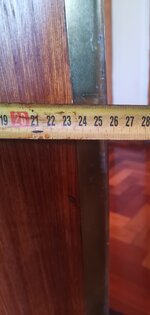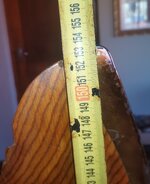Hello, can someone please help me to ID these 2 wood propellers, and possible what there value might be.
Thank you.
Thank you.
Attachments
-
 IMG_20230613_152327_edit_499319219676413.jpg298.5 KB · Views: 29
IMG_20230613_152327_edit_499319219676413.jpg298.5 KB · Views: 29 -
 IMG_20230613_152347_edit_499343662845160.jpg193.6 KB · Views: 32
IMG_20230613_152347_edit_499343662845160.jpg193.6 KB · Views: 32 -
 IMG_20230613_152417_edit_499367035556614.jpg231.1 KB · Views: 33
IMG_20230613_152417_edit_499367035556614.jpg231.1 KB · Views: 33 -
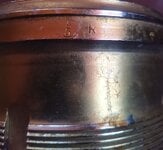 IMG_20230613_151255_edit_499172870142061.jpg729.1 KB · Views: 40
IMG_20230613_151255_edit_499172870142061.jpg729.1 KB · Views: 40 -
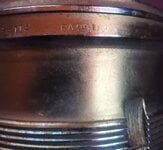 IMG_20230613_151307_edit_499195723757161.jpg624 KB · Views: 30
IMG_20230613_151307_edit_499195723757161.jpg624 KB · Views: 30 -
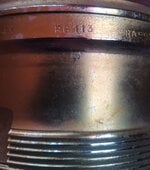 IMG_20230613_151324_edit_499223778325386.jpg700.2 KB · Views: 29
IMG_20230613_151324_edit_499223778325386.jpg700.2 KB · Views: 29 -
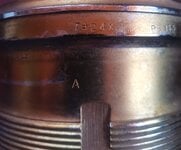 IMG_20230613_151334_edit_499238126216009.jpg577.3 KB · Views: 38
IMG_20230613_151334_edit_499238126216009.jpg577.3 KB · Views: 38 -
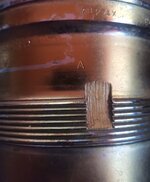 IMG_20230613_151346_edit_499257485782673.jpg649.6 KB · Views: 37
IMG_20230613_151346_edit_499257485782673.jpg649.6 KB · Views: 37 -
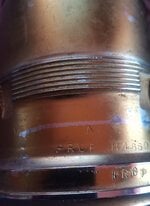 IMG_20230613_151412_edit_499280076146211.jpg669.6 KB · Views: 36
IMG_20230613_151412_edit_499280076146211.jpg669.6 KB · Views: 36 -
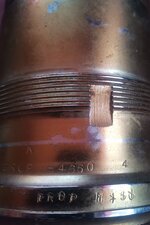 IMG_20230613_151426_edit_499298005375896.jpg711.1 KB · Views: 31
IMG_20230613_151426_edit_499298005375896.jpg711.1 KB · Views: 31 -
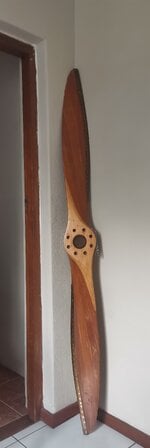 IMG_20230620_112014_edit_873947224369249.jpg289.7 KB · Views: 28
IMG_20230620_112014_edit_873947224369249.jpg289.7 KB · Views: 28 -
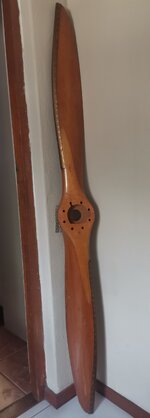 IMG_20230620_111913_edit_873884414266134.jpg274.3 KB · Views: 32
IMG_20230620_111913_edit_873884414266134.jpg274.3 KB · Views: 32 -
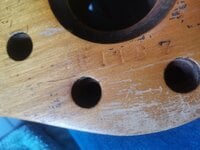 IMG_20230620_112909.jpg1.1 MB · Views: 31
IMG_20230620_112909.jpg1.1 MB · Views: 31

